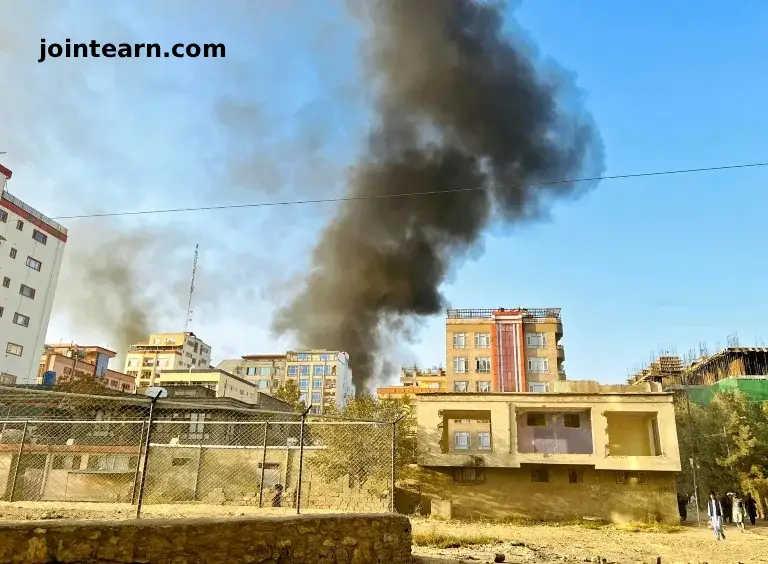
A fragile ceasefire along the Afghanistan-Pakistan border was holding on Thursday after days of deadly clashes that killed dozens of civilians and military personnel on both sides, officials confirmed. The temporary truce, agreed upon by Islamabad and Kabul, aims to halt cross-border violence and create space for dialogue.
Calm Returns to Spin Boldak and Chaman
In Spin Boldak, southern Afghanistan, residents returned to shops and homes they had abandoned during the fighting. An AFP journalist reported that life was slowly resuming after a series of explosions and ground skirmishes that had forced hundreds to flee. On the Pakistani side, towns along the border, including Chaman, also reported no overnight violence, though additional paramilitary forces have been deployed to prevent potential flare-ups.
Background: Deadliest Clashes Since 2021
The recent confrontations mark the worst violence between Afghanistan and Pakistan since the Taliban seized power in 2021. Fighting erupted after Islamabad accused Kabul of providing sanctuary to militants responsible for repeated attacks on Pakistani security forces. The Afghan Taliban denies these claims, countering that Pakistani forces have provoked cross-border tensions and targeted Afghan territory.
Prior to the ceasefire, explosions rocked Kabul and Kandahar, killing civilians and causing widespread injuries. Taliban authorities attributed some blasts to an oil tanker and generator accident, while Pakistani sources claimed “precision strikes” against militant groups and Taliban bases. The Italian NGO Emergency reported at least five deaths and 35 injuries in Kabul alone, with victims suffering from shrapnel wounds, blunt trauma, and burns.
Ceasefire Details
The 48-hour temporary truce is intended to allow both sides to engage in “constructive dialogue” and seek a lasting solution to ongoing border tensions. Islamabad emphasized that the ceasefire is designed to protect civilians and reduce the humanitarian impact of cross-border hostilities.
UN rights chief Volker Turk welcomed the truce, urging both nations to prevent further harm to civilians and commit to a sustainable ceasefire.
Regional and Humanitarian Impact
The clashes have disrupted trade along the border, leaving trucks stranded and cutting off essential goods to landlocked Afghanistan. Pakistan serves as a critical supply route for food and medical resources. Blackouts and infrastructure damage have further exacerbated civilian hardship in affected Afghan regions.
The escalation also coincided with Afghan Foreign Minister Amir Khan Muttaqi’s visit to India, prompting heightened regional concern. China and Russia have both urged restraint and protection of civilians, while U.S. President Donald Trump expressed willingness to assist in mediating the conflict.
Historical Context
Violence along the Durand Line has deep roots, with border instability dating back to the U.S.-backed Soviet-Afghan war in the 1980s. After 9/11, militant groups, including al-Qaida, ISIS-affiliated factions, and Taliban elements, exploited the porous frontier to conduct operations against Pakistan and NATO forces. Recent clashes highlight the ongoing fragility of regional security and the challenges of curbing militant activity in the borderlands.
Leave a Reply